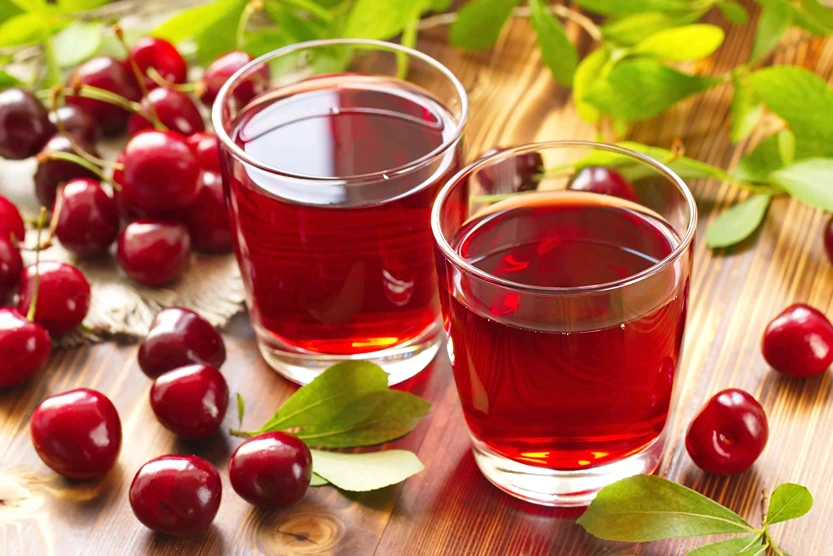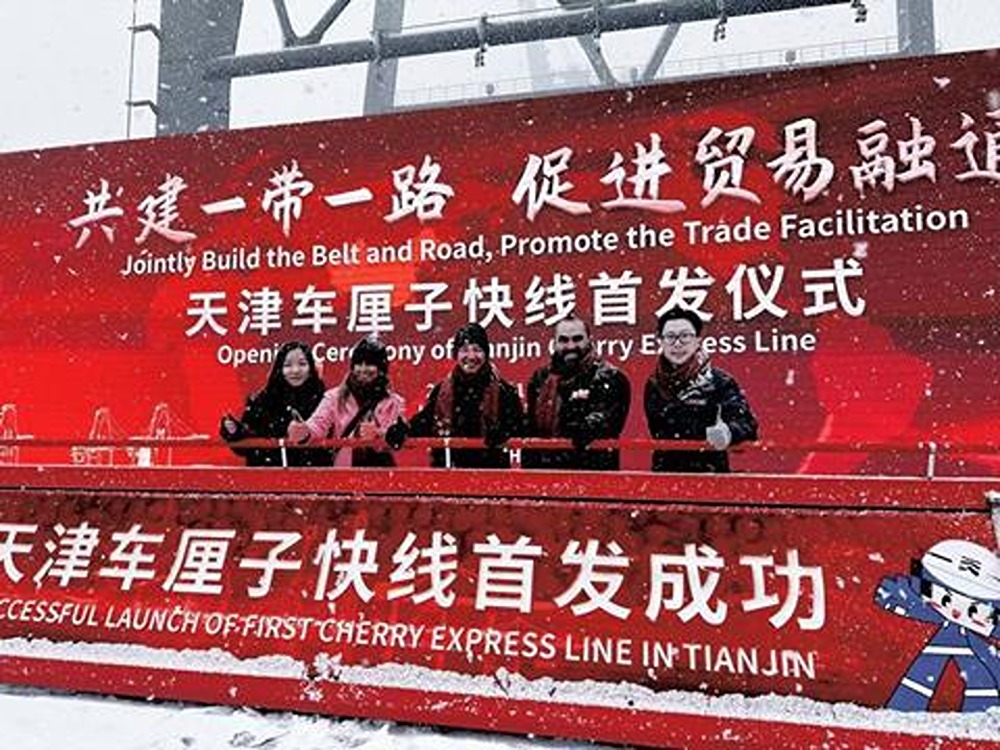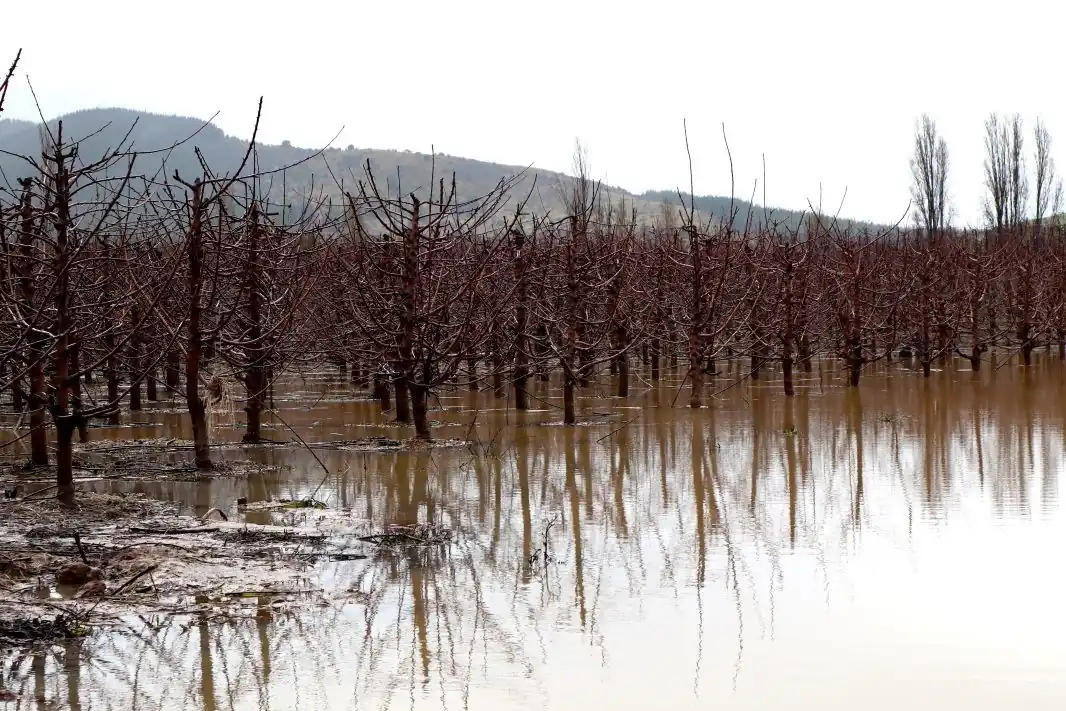Sour cherry juice is an increasingly popular beverage, appreciated for its taste and nutritional properties. A recent study analyzed the quality of sour cherry juice packaged in glass and Tetra Pak, evaluating sensory and physicochemical parameters. The goal was to provide useful information to consumers and ensure adequate quality standards.
Sensory parameters were assessed by a group of experts, who considered the color, taste, aroma, and homogeneity of the product. The results showed that the juice exhibits different characteristics depending on whether it is packaged in glass or Tetra Pak, while maintaining good overall quality in both cases.
The evaluators attributed a more intense color and a richer aroma to the juice in glass, whereas the Tetra Pak juice was judged to be slightly less homogeneous. Although there were variations in the assessments from different experts, these differences fall within the normal range of individual perception variability. Overall, the sensory parameters of the juice in glass received higher ratings from all tasters.
From a physicochemical perspective, the study revealed interesting differences between the two packaging types. The pH was slightly higher in the juice in glass (3.80 vs. 3.60), indicating lower acidity compared to the Tetra Pak juice. Total acidity, measured as citric acid, was 0.53% in the juice in glass and 0.69% in the Tetra Pak juice. These values illustrate how the chemical composition of the product varies according to the packaging and processing methods.
The soluble solids content, expressed in degrees Brix, also differed: 12° Brix for the juice in glass and 13° Brix for the Tetra Pak juice. This measure, which reflects the concentration of sugars and other soluble substances, influences flavor perception.

Turbidity, a parameter reflecting the quantity of suspended particles in the juice, was higher in the glass-packaged product (260 NTU vs. 224 NTU). This result suggests that the juice in glass may contain more fruit residues or may have been processed differently from the Tetra Pak juice.
The observed differences can be attributed to various factors, including the percentage of raw material used, the packaging materials, water treatment, and the specifics of the technological process. It is important to note that despite these variations, both juices comply with the prescribed quality standards.
This study highlights the importance of rigorous control of raw materials and production processes to ensure a high-quality final product. It also demonstrates that packaging is not merely a practical element but a factor that can influence the organoleptic and chemical characteristics of the final product.
In conclusion, although the analyzed juices belong to the same category, differences in packaging and chemical and sensory parameters show how every aspect of production can impact the final product. This study serves as a concrete example of how food science can contribute to improving the quality of products available on the market, ensuring transparency and safety for consumers.
Source: Durmishi, N., Xhabiri, G., Alija, E., Alija, D., Karakashova, L., Babanovska-Milenkovska, F., Stamatovska, V., & Lazova-Borisova, I. (2024). Comparison of some quality parameters in sour cherry juice in different packaging. International Journal of Food Technology and Nutrition, 7(13-14), 121-124. https://doi.org/10.62792/ut.jftn.v7.i13-14.p2696.
Images: Saber Healthcare; Health
Andrea Giovannini
University of Bologna (IT)
Cherry Times - All rights reserved











